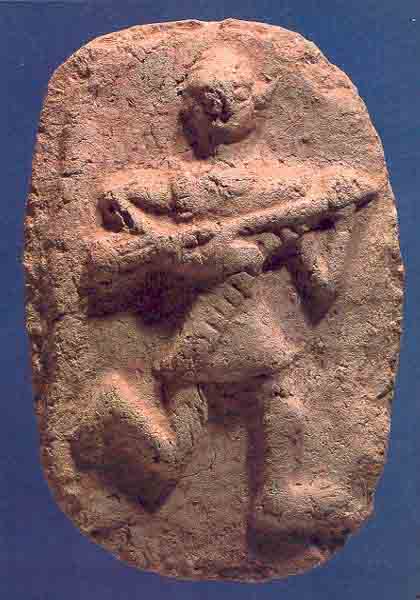Image Details

© Hebrew Union College/Jewish Institute of Religion
The unique clay plaque, about four and a half inches tall, dates to the 14th–13th centuries B.C., when a sizeable Canaanite settlement, called Laish in the Bible, existed at Tel Dan.
The Bible records that the Israelite tribe of Dan conquered the Canaanite city of Laish and renamed it Dan (Joshua 19:47; Judges 18:29)—an event Avraham Biran, Dan’s excavator, dates to approximately the 14th century B.C.
The purpose of the plaque remains a mystery. Biran speculates that it may depict a dance not unlike the one David performed before the Ark of the Covenant when it was returned after having been captured by the Philistines (1 Chronicles 15:29).
Alternatively, the tile may have belonged to a guild of dancers and lute players or may even have served as a simple home decoration.
